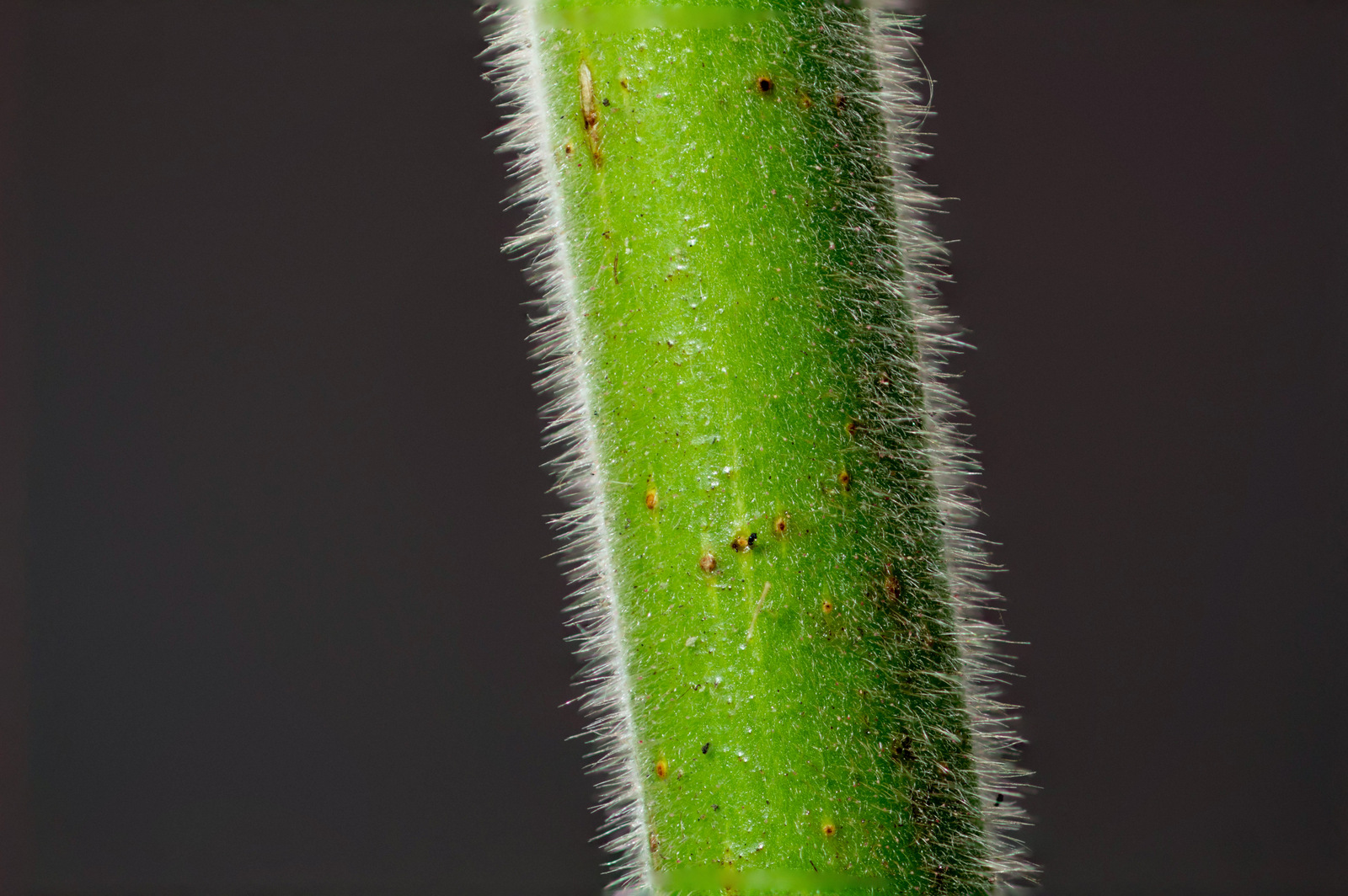ECOLOGY ▪ EDUCATION ▪ ADVOCACY
Parasite: An organism that obtains nourishment from living in or on another organism, generally causing harm to the host.
Parasitism: A type of symbiotic relationship between two species in which one (the parasite) lives in or on another (the host) usually causing damage to the host. Unlike other forms of symbiosis, in parasitism, one species benefits from the relationship while the other does not.
Palmately Compound Leaf: A type of compound leaf comprised of multiple leaflets, which all originate from a central point.

Pedicel: The stalk of an individual flower that is part of an inflorescence.

Pedicellate: Containing or supported by a pedicel.
Peduncle: A stalk on a plant that supports an inflorescence

Perfect Flower: (see) bisexual flower.
Perianth: The non-reproductive portion of a flower, which surrounds the sexual parts. The calyx and corolla collectively.

Petal: One of the individual modified leaves that collectively make up a flower’s corolla.

Petiolate: Possessing a petiole or a stalk.
Petiole: The stem or stalk of a leaf.

Photosynthesis: A metabolic process in which photoautotrophs (plants, algae, and certain prokaryotes), use chlorophyll to trap energy from the sun using chlorophyll and use it to convert carbon dioxide and water into simple sugars, which are utilized by the cells of the photosynthesizing organism. The production and release of oxygen is a byproduct of photosynthesis.
Phytophagous: In zoology, an organism that eats plants or plant material. The terms phytophagous and herbivorous are somewhat synonymous. However, the former usually refers to invertebrates and the latter to hooved animals.
Pinnately Compound Leaf: A type of compound leaf that is comprised of many leaflets, which are divided and arranged along a common stem called a rachis. Pinnately compound leaves can be either evenly-pinnate (even number of leaflets) or oddly-pinnate (odd number of leaflets).


Pistil: The seed-producing, female reproductive organ(s) of a flower usually consisting of an ovary, style, and stigma.

Pith: The soft, spongy center of a stem or twig.

Plant: Any member of the kingdom Plantae. Plants differ from other life forms by having cellular walls made of cellulose, and all have life-cycles consisting of both sexual and asexual reproduction (known as "alternation of generations"). Additionally, most are multicellular, and most are autotrophic through photosynthesis.
Polyphagous: In zoology, an organism that can feed on multiple food sources. With insects and other invertebrates, the term usually applies to those organisms that feed on more than one plant family.
Postmedial (PM) Line: In Lepidoptera, a wing line located immediately below the median line and typically one-third to half of the distance between the median and outer margin.

Prolegs: Fleshy, locomotion-aiding, leg-like appendages on the abdominal segments of Lepidoptera and other insect larvae, which contain hooked tips called “crochets.”

Pubescent: Covered in soft hairs. In botany, the term pubescent is commonly used to describe the surface texture of various parts of plants, including, but not limited to, leaves, stems, twigs, and fruit.
